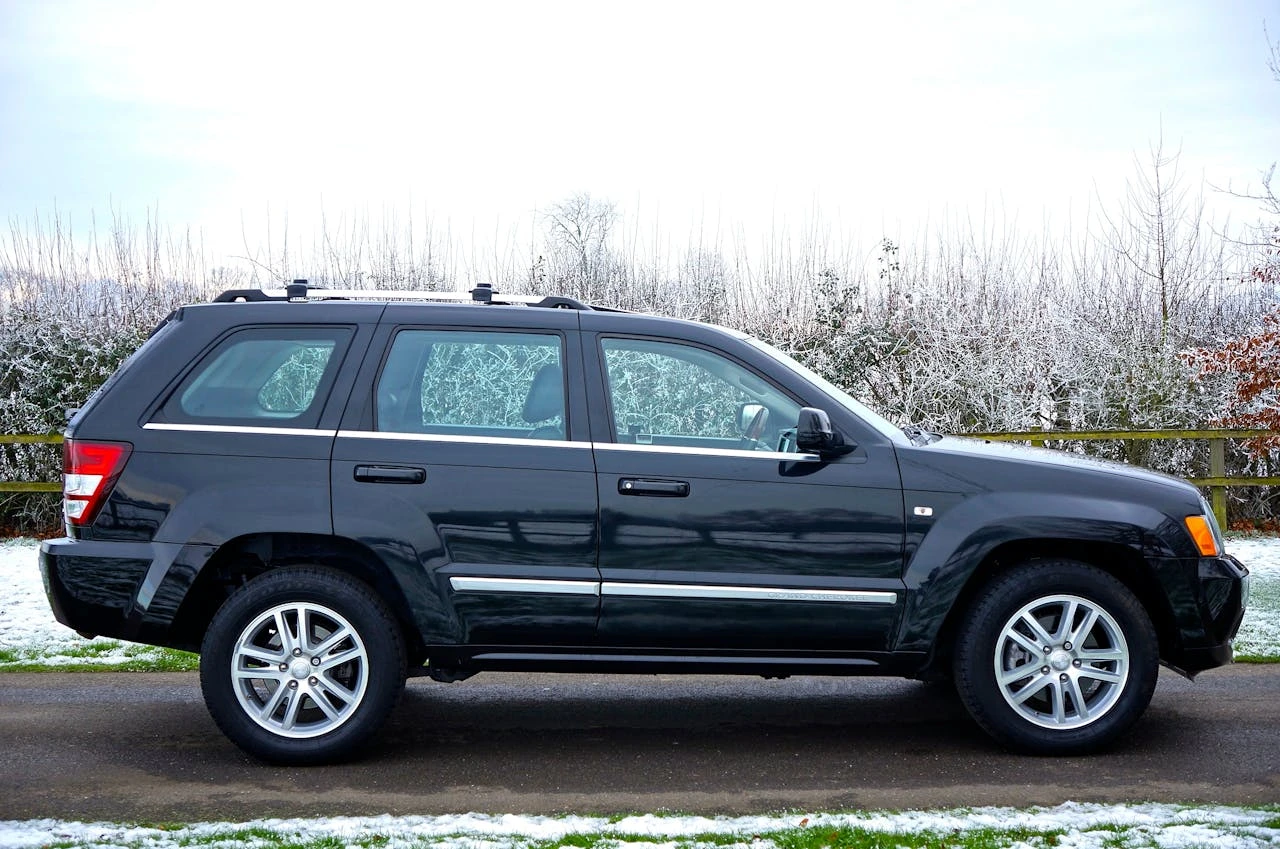
What the Safety Data Shows
- The National Highway Traffic Safety Administration reports that new vehicles offer the best chances of survival in a fatal car accident, and that the odds of survival incrementally decrease with each model year. The Australasian New Car Assessment Program reports similar findings in Australia and New Zealand.
- The Insurance Institute for Highway Safety conducted a study which examined the safety of different vehicle models. Large vehicles were consistently found to be safer than small vehicle models. It is also worth noting that sport utility vehicles with four wheel drive were found to be safer than their two wheel drive counterparts.
- The data on optional safety features (such as crash alert and backup cameras) is inconclusive. In many cases, this is simply because the technology is so new that there is not yet enough data to make statistically significant findings. For example: Jalopnik reports on a study by the Highway Loss Data Institute which showed that vehicles with lane departure systems actually got into more accidents than their counterpart models without the technology. This could be an anomaly, or it could be a trend pointing to a larger problem (such as drivers becoming too reliant upon the technology and failing to respond to dangers in the road).
- The Insurance Institute for Highway Safety reported that backup cameras can reduce the risk of collision. This is, however, only one study. It will take years of data and comparison to determine whether this is a verifiable trend. Regardless of the data, backup cameras will soon be required in all new vehicles. The Los Angeles Times reports that vehicles weighing less than ten thousand pounds will be subject to the National Highway Traffic Safety Administration’s rule, which makes backup cameras mandatory vehicles manufactured in and after May 2018.
Car buyers are encouraged to learn more about specific safety features and identify those which best suit their needs. While buying a new, large vehicle every model year is not feasible for most car buyers, all car buyers can choose the newer or larger of two vehicles within their budget.
